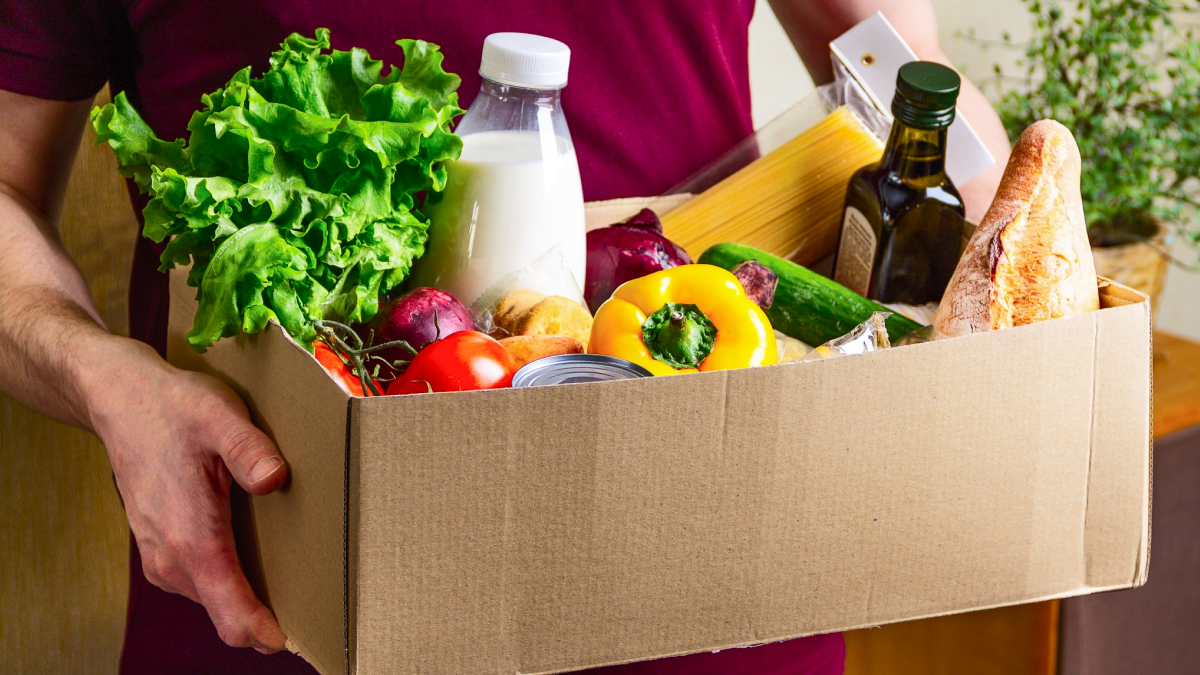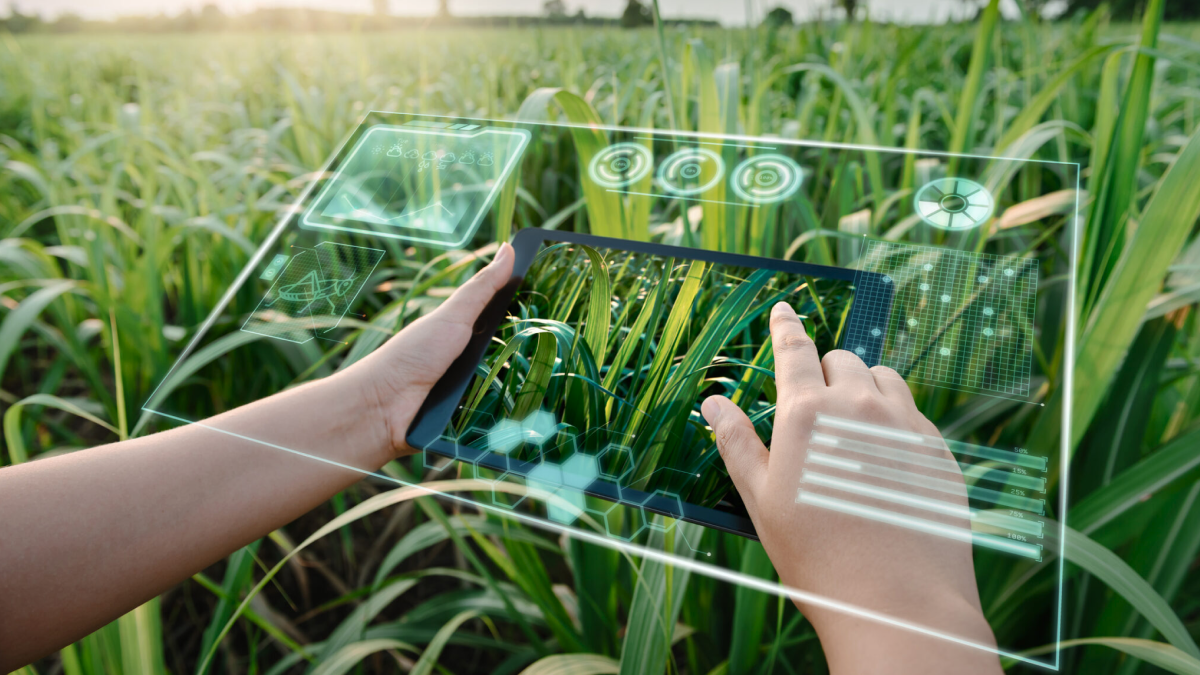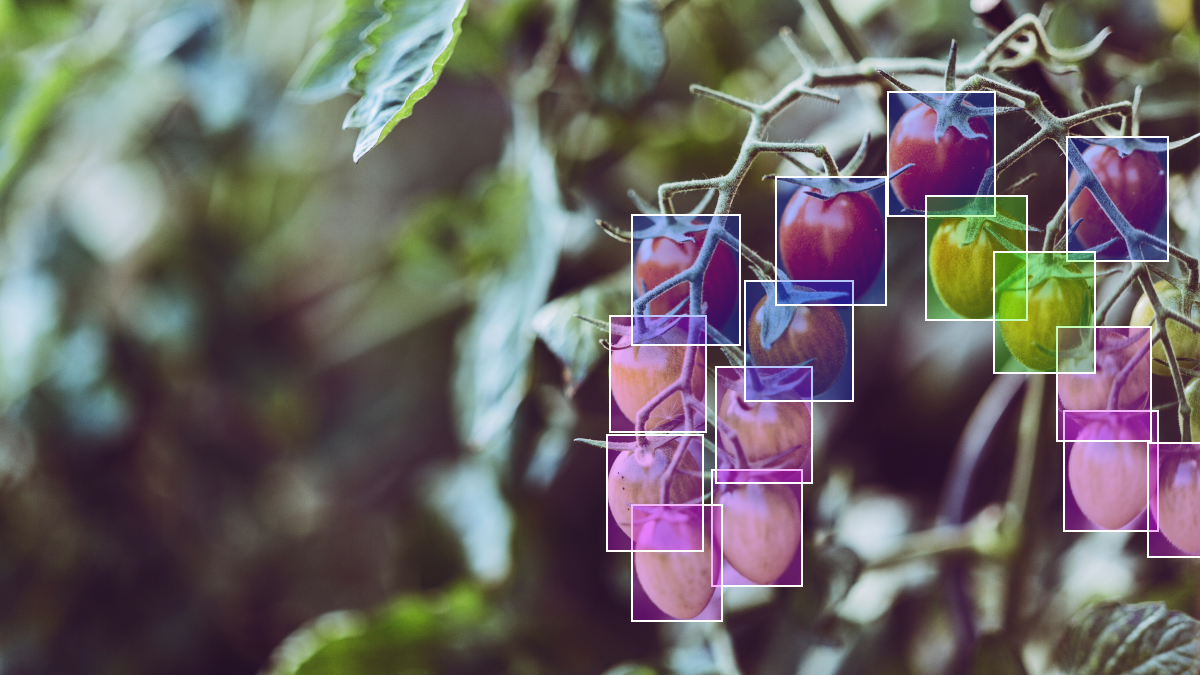Farmers are Using AI to Battle Food Insecurity
While some think of food insecurity as an issue specific to emerging economies, many people in the United States face this challenge. Understanding the nuances may yield more effective solutions. Some researchers are exploring creative solutions using AI to fight food insecurity by using technology to help grow more food. In this article, we will take a look at the issue of food insecurity, how AI can help, and the data annotation needed to create these technologies.
What is Food Insecurity?

The US Department of Agriculture defines food insecurity as the social and economic barriers that prevent people from accessing enough food. People who experience food insecurity frequently lack the resources to get food on a regular basis to maintain a healthy lifestyle; as a result, they may choose to miss meals or consume lower-quality foods. People in Asia, Europe, North America, Africa, and other parts of the world are impacted by food insecurity. In 2020, the UN Food and Agriculture Organization (FAO) estimated that more than 2.3 billion people would not have access to sufficient food.
Food insecurity can be classified into two categories:
- Moderate food insecurity – This happens when people are compelled to reduce the caliber or amount of the food they consume and are unclear about their ability to obtain food owing to a lack of funds or other resources.
- Severe food insecurity – People fall into this group when they are entirely food insecure; some of them may have been like this for days. They may be the group that most people picture when they think of food insecurity because they are frequently referred to as the “hungry,” but in reality, they are at the other end of the food security continuum.
How Can AI Be Useful in Fighting Food Insecurity?

Farmers can benefit from AI technology to obtain valuable information that can be applied to help them increase their crop yields. Satellites and computer vision drones can be used to obtain new datasets for measuring agricultural production in one specific farm or an entire region. AI systems will then use these datasets as training data to predict variables or future outcomes. When fully trained, these models can be used to predict gaps in the food supply, which could help decision-makers determine how to address food security by identifying where crop growth can be more successful and help farmers with insights that will assist them in growing more food locally.
Another way AI can help is by distributing food more efficiently. The problem with food waste is two-fold. First, if it ends up in a landfill, it rots and releases toxic methane gas, and it also leaves a lot of perfectly edible food unavailable for people who need it. Since food originates from a variety of sources along the supply chain, simplifying data assists in redistributing surplus food or waste and diverting it from landfills. Once reliable data is available, algorithms may be ‘trained’ to recognize surplus supply and send it in the direction of areas in need. As a result, the environmental impact of food production is reduced. Supply chains that can organize and communicate data amongst partners can better coordinate between growers, processors, distributors, and retail/food services to be more efficient and reduce waste.
What Types of Data Annotation are Needed to Train These Technologies?

The AI technologies that can help combat food insecurity will rely on AI technologies like computer vision to identify problematic food-growing areas. This means that data annotation methods like object detection will be needed. This enables the system to pick up on objects and determine their whereabouts inside a frame. These models are frequently employed to count and track objects in still photos and moving pictures. Rectangle labels, commonly referred to as bounding boxes, are typically used by object detection models to mark items inside the frames.
More advanced methods like instance segmentation will also be needed, which is what gives the system the ability to recognize objects, pinpoint each object’s precise placement inside the frame, and estimate its number of pixels. These models can be helpful if you require more accuracy and more exact pixel estimations for object interactions. To identify the distinctive pixels that correspond to an item in these models, polygon labels are required. An area where AI-powered solutions can excel is in the manual labeling of polygons, which is known to be arduous and time-consuming.
Trust Mindy Support With All of Your Data Annotation Needs
Mindy Support is a global provider of data annotation services and is trusted by Fortune 500 and GAFAM companies. With more than ten years of experience under our belt and offices and representatives in Cyprus, Poland, Romania, The Netherlands, India, OAE, and Ukraine, Mindy Support’s team now stands strong with 2000+ professionals helping companies with their most advanced data annotation challenges.




